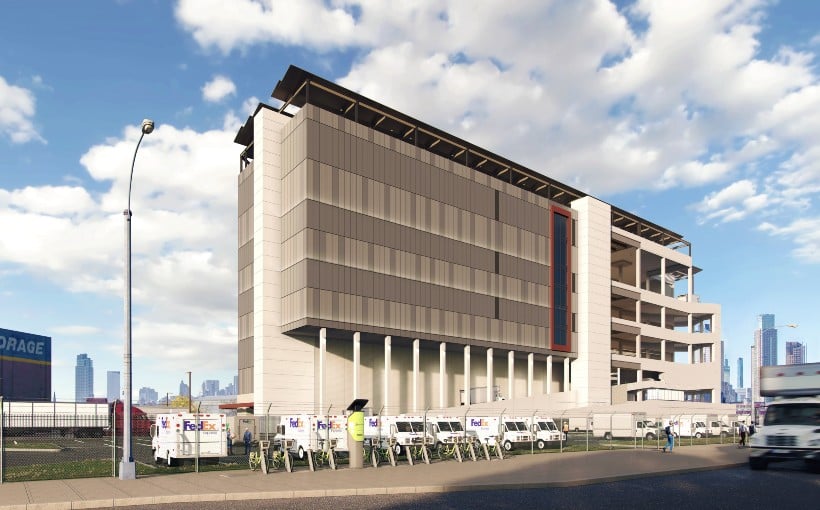Arick Morton: Senior Housing Market Offers Opportunities for Investors and Developers
The senior housing market is often overlooked in the commercial real estate sector, but it has great potential for growth. According to NIC Map Vision’s Senior Housing Outlook report, there is a $275 billion gap in development that needs to be filled by 2030. This is due to high demand from an aging population and limited investment activity caused by challenges in the lending environment.
NIC MAP Vision CEO Arick Morton explains that while senior housing may seem behind other sectors, it is actually facing unprecedented demand at a time when new development financing is difficult to obtain. Despite this challenge, occupancy rates are close to pre-COVID levels and rents are rising while expenses remain stable.
The report also highlights some key statistics:
– Absorption increased by 40% year-over-year in Q1 2024.
– The growth of the 80-year-old-plus population exceeds inventory growth.
– The number of seniors aged over 80 will significantly increase within the next two decades.
Defining Senior Housing Categories
Morton clarifies that “senior housing” encompasses different types of properties designed for individuals aged over 75. These include Active Adult communities focused on lifestyle without healthcare services; Independent Living communities with access to social activities; Assisted Living facilities providing assistance with daily tasks; Memory Care specialized for those with dementia; and Continuing Care Retirement Communities offering a range of care options as residents age.
There Is Demand But Limited Financing Options
While there may be equity capital available for investing in senior housing projects, obtaining financing through traditional channels can be challenging due to high interest rates and reduced lending activity among banks. However, Morton believes that investors who can navigate these obstacles will find many opportunities within this growing market.
Key Takeaways
Based on data from the report, Morton suggests several steps investors should take advantage of opportunities presented by the current state of senior housing:
1. Position themselves to benefit from the growing demand for senior housing.
2. Focus on markets with high occupancy rates and expanding profit margins.
3. Consider investing in outdated properties that can be upgraded.
4. Develop new properties with modern amenities suited for today’s seniors.
5. Adopt a long-term strategy focused on sustainable development and continuous facility improvement.
By following these steps, investors and developers can capitalize on the strong fundamentals of the senior housing market, driven by favorable demographic trends.
This article was originally published by Connect CRE .




